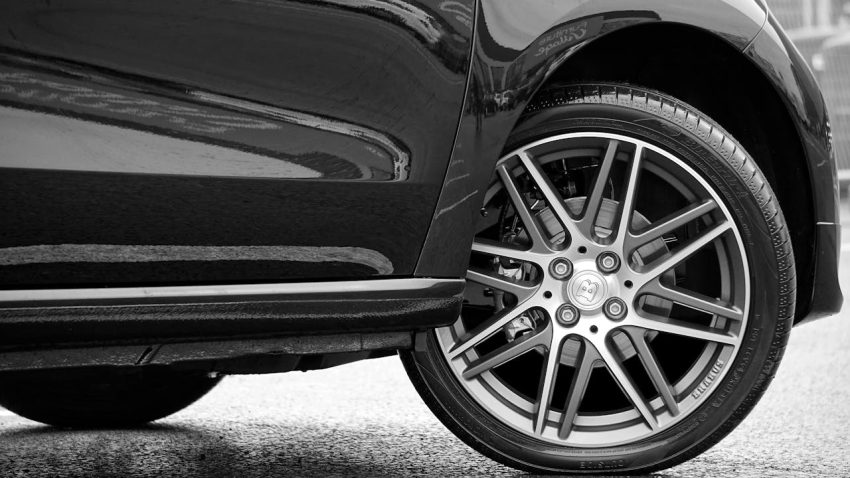Lowering springs are a popular modification among car enthusiasts, especially for those who own models like the Volkswagen Polo. These springs replace the original ones in your car’s suspension system, allowing it to sit closer to the ground. But why should you consider this upgrade, and what are the key factors to keep in mind? Let’s dig into everything you need to know about lowering springs for your Polo.
What Are Lowering Springs and How Do They Work?
Lowering springs for Polo are designed to reduce the ride height of your car by shortening the distance between the body and the wheels. Made from high-tensile steel, they are engineered to be stiffer than the stock springs. This stiffness helps in reducing body roll, leading to better handling and a more aggressive stance. By compressing more under load, they lower the car closer to the ground, which not only enhances its appearance but also its performance.
Advantages of Lowering Springs for the Polo
Improved Handling
Lowering springs significantly improve handling by lowering the centre of gravity. This reduces body roll during cornering, providing a more responsive and stable driving experience. Enhanced cornering performance makes driving more enjoyable, particularly on twisty roads or during spirited driving sessions.
Sleeker Appearance
One of the most noticeable benefits is the improved aesthetics. Lowering your Polo gives it a sportier look that stands out. The lowered stance not only enhances the car’s appearance but also gives the impression of a more performance-oriented vehicle.
Customization Options
Lowering springs offer the chance to customise your Polo to match your personal style. Various brands offer springs with different levels of stiffness and lowering capabilities, allowing you to fine-tune the height and handling characteristics to your liking.
Considerations Before Installation
Impact on Ride Comfort
While lowering springs can improve handling and aesthetics, they may also affect ride comfort. The stiffer springs can make the ride feel firmer, which might not be ideal for everyone. It’s important to weigh the trade-offs between improved handling and possible reduced comfort.
Wheel Alignment
Changing the ride height of your car affects its geometry, particularly the alignment. After installing lowering springs, it’s crucial to have a professional alignment done to avoid uneven tyre wear and ensure optimal handling.
Warranty Concerns
Modifying your suspension system could potentially void your vehicle’s warranty. Before proceeding with the installation, check with your dealer to understand the implications for your warranty coverage.
Step-by-Step Guide to Installing Lowering Springs
Tools Needed
To install lowering springs on your Polo, you’ll need a set of basic tools including a jack, jack stands, spring compressors, wrenches, and sockets.
Installation Process
- Lift the Car: Start by safely lifting the car using a jack and secure it on jack stands.
- Remove the Wheels: Take off the wheels to access the suspension components.
- Compress the Springs: Use the spring compressor to compress the old springs. This is a crucial step to avoid any injuries when removing them.
- Remove the Old Springs: Carefully remove the compressed springs from the suspension assembly.
- Install the New Springs: Place the new lowering springs into the suspension assembly and decompress them.
- Reassemble and Lower: Reassemble the suspension components, put the wheels back on, and lower the car to the ground.
Safety Tips
Always follow the manufacturer’s instructions and use proper safety equipment. Compressing springs can be dangerous if not done correctly, so take the necessary precautions to avoid accidents.
Conclusion
Lowering springs can be a fantastic upgrade for your Polo, offering improved handling, better aesthetics, and a unique opportunity for customisation. However, it’s essential to consider factors like ride comfort and wheel alignment before proceeding. If you’re ready to enhance your driving experience, installing lowering springs could be the perfect next step.
